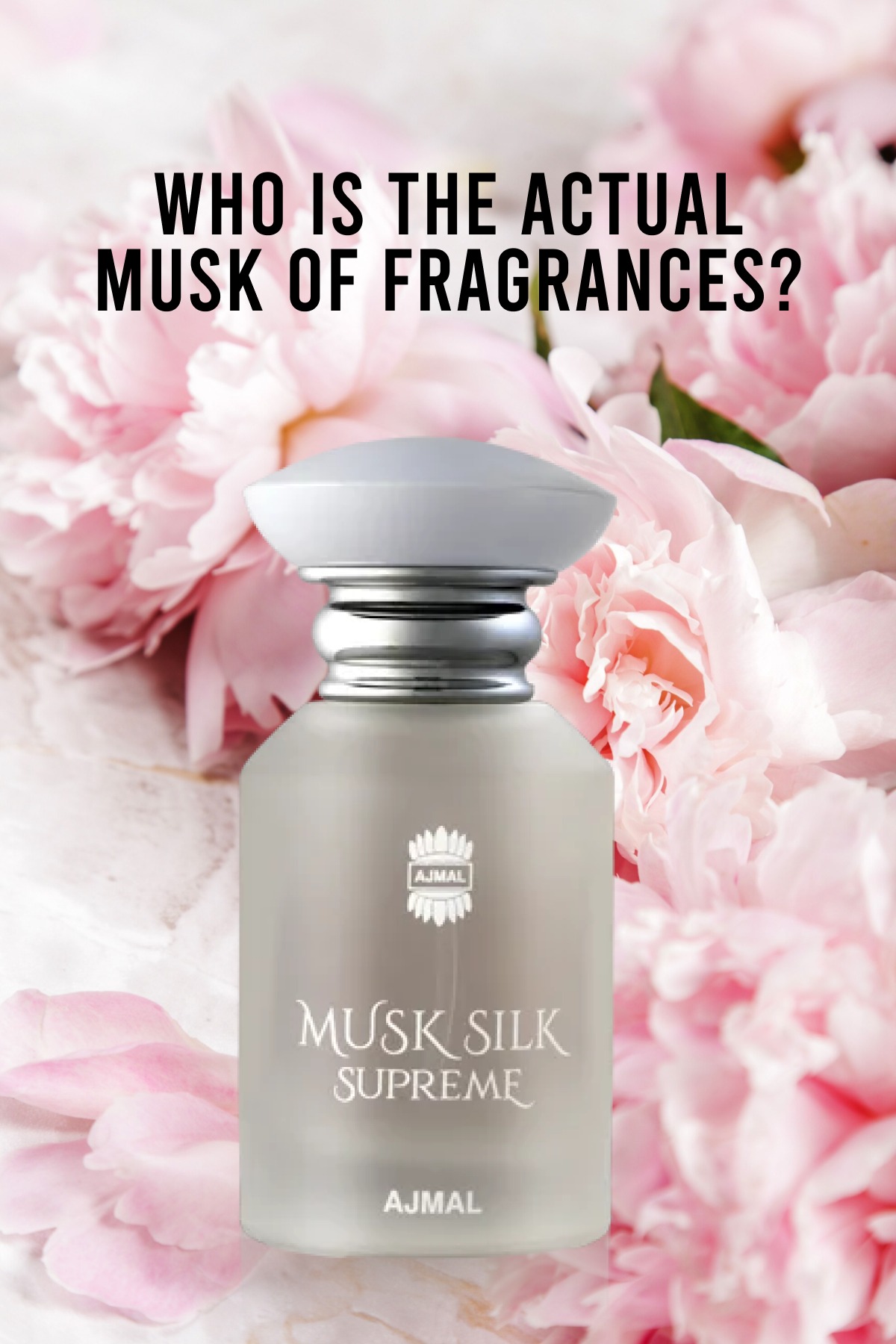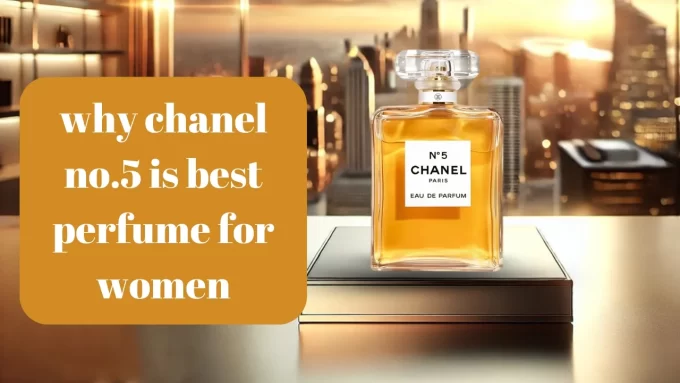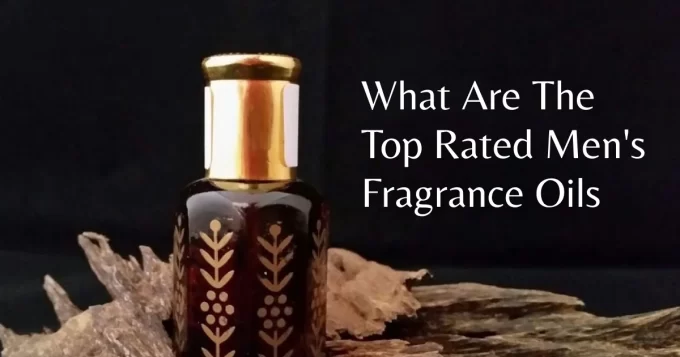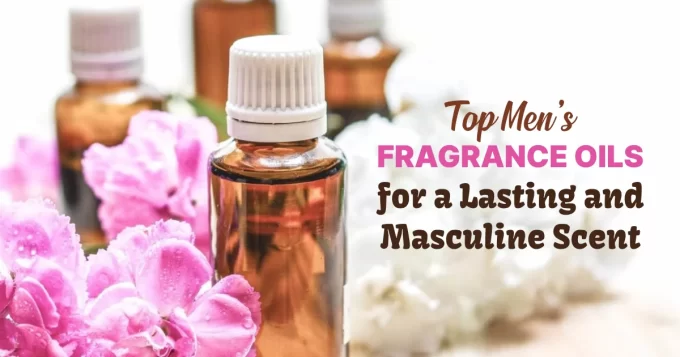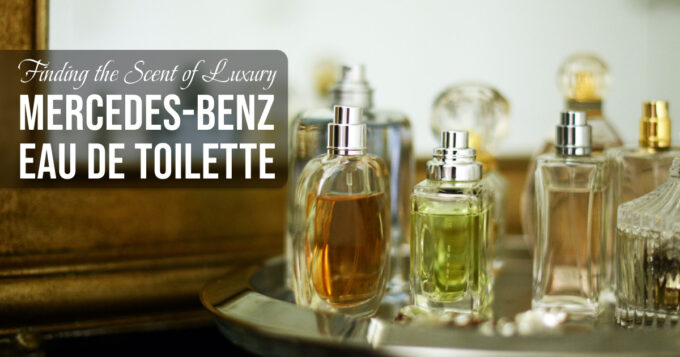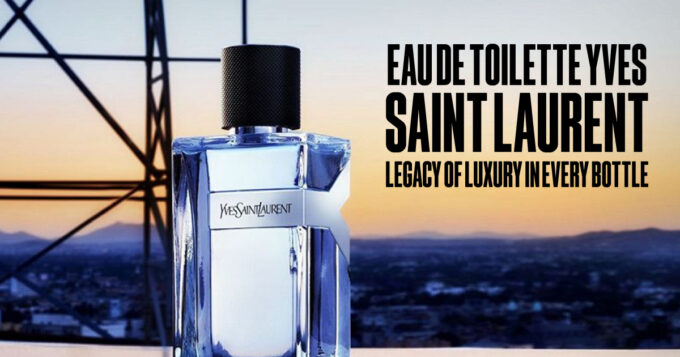Who Is The Actual Musk of Fragrances?
One of the most intriguing and divisive components in perfumery is musk. The origins of this sought-after substance may surprise many, despite the centuries-long attraction of its rich, nuanced fragrance signature. True musk requires an exploration of its ethically complex wild gathering history as well as its origins in the animal realm.
The Actual Source
The preputial gland of the male musk deer is where real musk comes from. These timid deer, who are native to parts of Asia such as the Himalayas, are mostly sought for their highly prized musk pods. The deer’s glands were traditionally cut open to get the valuable raw material, sticky musk secretions that were utilized for territorial markers.
The Convention on International Trade in Endangered Species outlawed the trade in musk deer in 1990 due to extreme overhunting that was jeopardizing wild populations. Nonetheless, illicit hunting persists in order to meet the declining demand for traditional Chinese medicine. Natural musk is still extremely rare since musk deer are almost extinct in the wild.
Identifying Musk’s Aroma
The rich and complex fragrance characteristic of raw musk sets it apart from synthetic variants. Robust rose and plum-like floral undertones blend with earthy, warm, and animalic notes. A lingering powdery, mossy undertone reminiscent of damp greens in a forest after rain descends from its smooth textured foundation.
Real musk has a mesmerizing intensity that affects olfactory circuits like no other material, even at minute dilutions. Its complex composition, which includes alcohols, esters, and macrocyclic ketones, activates all of the olfactory receptors in the body to produce an unparalleled, rich “je ne sais quoi”. Its captivating scent is impossible to replicate by synthetics.
Moving Toward Synthetics
Perfume houses gradually switched to less expensive synthetics created by analyzing the molecular structure of musk as natural sources decreased and prices increased. Instead of going on the overtly sensual quality of natural musk, mainstream companies opted for more subdued, “cleaner” counterfeit versions that emphasized drydown tenacity.
While this made fragrance more widely available to the general public, experts regretted that musk’s grandeur, mystique, and genuine skin-glowing brilliance were gone. Handmade specialty shops continue to value locating rare and expensive natural pods in pots to create contemporary essences that capture the essential animal magnetism of musk.
Alternatives That Are Ethical
Through layered combinations of well-known compounds, synthetic vegan musks serve as environmentally friendly substitutes that attempt to pleasantly imitate genuine musk. In the meantime, sources of grown deer promise more humane harvests in the future under strict management. The synthesis of signature chemicals from waste biomatter, such as deer antlers, is another area of research to create environmentally acceptable “bio-identical” products.
The rich complexity of real musk may ultimately never be properly replicated outside of nature’s inventiveness. However, perfumery continues to seek alternatives that respect animals and habitats while satisfying humanity’s natural attraction with this ancient, powerful concoction through innovation and regulation. Musk’s enchantment can continue through contemporary works of conscience if done with consideration and historical awareness.
Cracking the Code: Deciphering the Intricate Chemistry of Natural Musk
Musk’s complex molecular makeup is what gives it its alluring mystique. More than 200 volatile fragrance components are found in natural musk pods, and they combine in a complex way to create the perfume that is so distinctive. The aroma is mainly caused by two macrocyclic ketones called muscone and musk ketone.
These polycyclic compounds are released by the podal glands of musk deer, and they function as pheromones to mark territory and attract potential mates. Because of their lipophilic, macrocyclic nature, they greatly excite olfactory receptors when inhaled by humans. This offers a complex mix of senses unmatched by synthetic materials.
A closer look reveals esters that contribute rich floral and fruity tones to the opening, such as pentadecanolide and oxacycloheptadec-8-en-2-one. High molecular weight alcohols with graceful woody-mossy characteristics emerge as the pods dry. Musk’s signature powdery, skin-gripping drydown tenacity is attributed to neutral chemicals.
Both specific gland secretions and musk deer species are reflected in the overall odor signature. Compared to Kerry Maxwell’s muskier top register, Moschus moschiferus musk has broader, richer bassnotes. Centuries of dispute about musk marijuana grading and fakes are fueled by subtle differences.
The secret of creating new products that capture the magic of rare natural seed musk is something that artisan perfumers adore discovering. While mass producers try to eloquently capture the paradoxical comfort of top cannabis musk in pure synthetics, none are able to entirely capture the psychedelic depth of real musk.
It is still hoped that further research into chemico-biology would eventually produce macromolecules that are environmentally benign and combine the fascination of nature with sustainable principles. Up to then, it is impossible to replicate in modern times the actual essence of musk, leaving us in awe of the complexity of the natural world.
The Initiatives to Preserve Musk Deer in Their Original Environments
Because of poaching and the destruction of Chinese and Himalayan forests, the number of wild musk deer has drastically decreased. Still, there are hints of improvement appearing. CITES’s effective 2002 limits on hunting and trade sparked the development of relief measures.
Through rewards like product sales, Indian and Nepalese conservation projects collaborate with locals to act as forest guardians. Camera traps in reserves keep an eye out for dangers and timid animals. Cooperation across borders fights poachers while musk supports illicit economy.
Ecology is expanded by reforestation. From two lone males in a Nepalese reserve in 1988, there are now approximately 250 musk deer there, including nursery groups. Reintroductions also work: relocations to Kashmir in 2003 proved beneficial.
Although obstacles still exist, anti-poaching patrols exhibit potential. Education in public spaces cultivates compassion for abused animals. With careful management, more of these elusive spotted deer might find their feet again, ensuring the natural source of their much-loved potion survives for the benefit of future generations.


